This post is also available in:
 Español
Español
If you’ve recently booked a trip to Mexico or thinking about planning one, you probably have a lot of questions. Apart from deciding what places to visit, there are many other things to take into account. That’s why we’re writing this post, to give you all the information you need and some recommendations to make sure planning your trip to Mexico is as easy as possible.
Practical information
Visas
The citizens from 67 countries, including those in the European Union, United Kingdom or United States don’t need a visa to visit Mexico as a tourist (usually, we’re considered tourists if we’re staying in the country for less than 180 days and we’re not receiving any sort of financial compensation during our trip). To avoid surprises, refer to your embassy to check if you need a visa or not. You should also make sure your passport is valid for 6 months after your trip to Mexico.
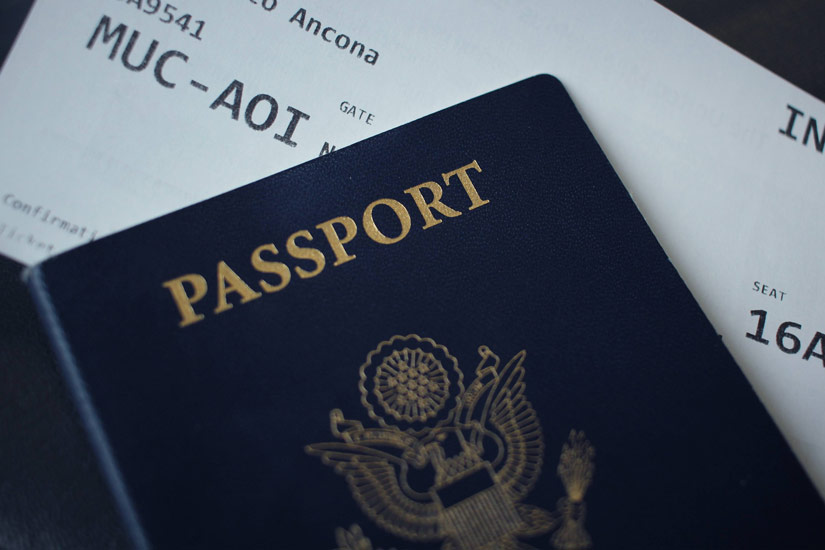
Even though you probably won’t have to pay for a tourist visa, Mexico does have a departure tax; if you’re traveling by plane, it might be included in your flight ticket. If not, you’ll have to pay it at customs or in a Mexican bank. You’ll get a form when you enter a country and if you’re not sure if you have to pay this fee separately or not, you can ask them. You might have to pay this fee in cash in Mexican pesos, so make sure to save some cash for the end of your trip.
Vaccinations
There are no mandatory vaccines to enter Mexico as a tourist, although Diphtheria-Tetanus-Pertussis, Hepatitis A and B and Typhoid vaccines are highly recommended. Also, it’s always a good idea to check with your doctor if there are any additional vaccines we might need before any trip.
Currency
The official currency in Mexico is the Mexican peso (MXN). Its value fluctuates constantly but, roughly, one euro is worth 24 pesos and one USD dollar is worth 20 pesos. Even though we don’t recommend carrying a large amount of cash while traveling and paying by card is usually easier and safer, it’s also important to know that we might not be able to pay by card everywhere, so we should also remember to carry a small amount of cash.
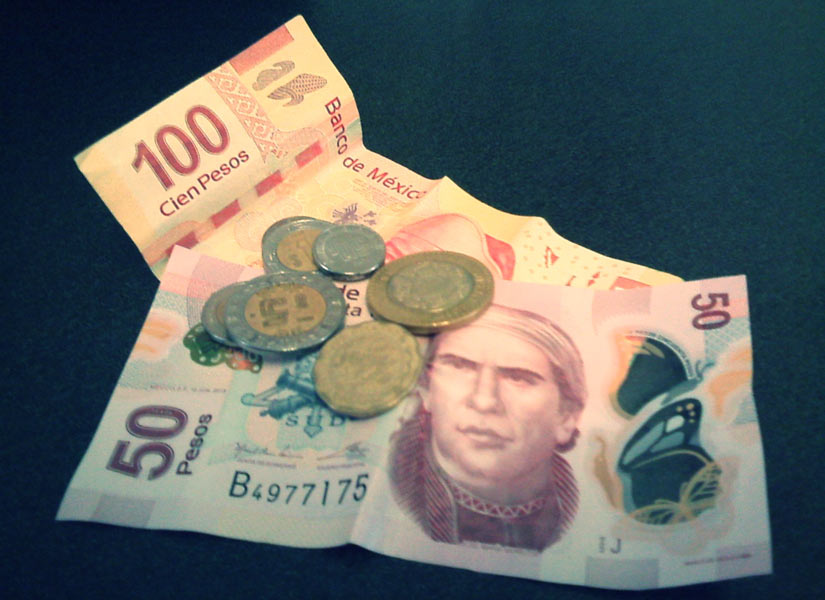
The cheapest option to get Mexican pesos is usually to buy them online, although we also recommend asking your bank. Remember also to ask about the conditions to use your card abroad and if they charge any fees for changing currencies. We recommend checking out Revolut, an online bank that offers a free debit card and allows you to exchange currencies with no fees.
If you’re traveling from the US or you’ve visited recently and have some American dollars (USD) in cash, bring them to your Mexico trip. Even though it’s not the official currency of the country, many places will accept it, specially if they’re close to the border or it’s an area highly frequented by American tourists. Plus, they’re very useful for tips.
Time zones
There are 4 different time zones in Mexico:
- Southeast (UTC-5 year-round): Quintana Roo (including Riviera Maya)
- Center (UTC-6 and UTC-5 in the summer): México City, Oaxaca, Puebla and Yucatán (including Cancún) among other states
- Pacífico (UTC -7 a UTC-6 in the summer): Sonora and Baja California Sur, among other states
- Noroeste (UTC-8 y UTC-7 en verano): Baja California y la Isla Clarión
Remember that Mexico, unlike most other Latin American countries, is in the Northern hemisphere, so the summer time applies from March to November in the Northern border to adapt to the American time zones, and from April to October in the rest of the country. Take also into account that not all areas change their time in the summer.
Language
The official language in Mexico is Spanish, along with 68 indigenous language in different areas, like Nahuatl, Chol or Mayan.
If you speak Spanish and you’ve traveled through different countries where this language is spoken, you might have noticed that Spanish varies quite a lot from one country to another. There’s usually people who speak English and other common languages such as French or German in the most touristy areas and hotels.
Best time to travel to Mexico
Mexico, unlike most other Latin American countries, is in the Northern hemisphere, so spring takes place from March to June, Summer takes place from June to September, Fall takes place from September to December and Winter, from December to March. In the North of the country temperatures vary more depending on the season while in the south temperatures are warm year-round.
Rain and hurricane season takes place from May to November, so it’s best to avoid these dates and travel from November to April. Still, rain in these months are frequent but don’t last too long, so we’ll be able to enjoy most areas without major issues. Some trekking paths and mountain areas might be closed to the public during the heaviest rain months or during a hurricane alert.
If you were planning to visit the Sian Ka’an reserve to practice snorkel or scuba diving, the best time to come is between February and June, while the best time to go hiking and trekking in Mexico is between the months of November and April, to avoid the rain season and highest temperatures.
Is traveling to Mexico safe?
You might have heard from your family or friends that traveling through Latin America isn’t safe, or they might have told you about a less-than-positive anecdote from a trip to this area. Truth is, Mexico is like many other destinations around the world: some areas are safer than others. There are many people that make a living through tourism, so they take care of tourists and try to keep them as safe and happy as possible so they’ll come back and hopefully attract even more tourists.
Like any other tourist spot, it’s important to take care of our belongings and keep an eye on our bags and pockets in crowded places, and avoid certain areas specially after dark. Other than that, Mexico is as safe as any other destination.
It’s also quite important to get travel insurance to protect us if we have any issues during our stay in Mexico.
How to get to Mexico
By plane
The most popular way to travel to Mexico is by plane. Mexico has 59 international airports, which means that it’s very well connected and we can fly directly to virtually and part of the country.
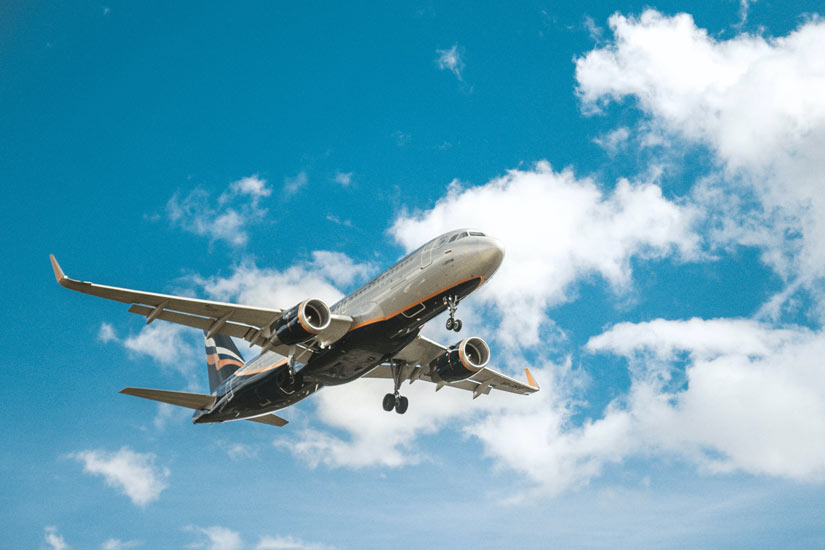
Depending on where you’re flying from, the flight can be quite long, so it’s quite important that we’re well prepared for it. Before landing we’ll get a form to fill out and hand in in the border when we enter Mexico and keep until the end of our trip. It’s also very important to make sure we have a return flight, because they might not let us enter the country if we can’t prove we’re not planning to stay in Mexico for more than 180 days, which is the maximum stay for a tourist.
By road
If you’re traveling to Mexico from the US, Guatemala or Belice, you might prefer to enter Mexico by road. In this case, you have to take into account that you’ll need a permit to enter Mexico in your own vehicle.

You may want to rent a car once you’re in Mexico instead. In that case, you should look into what is driving in Latin America like since travel regulations might significantly differ from your country’s. If you’re planning to visit several regions of the country, driving is a very good option. Plus, Mexico is considered one of the best countries in Latin America to drive in.
Customs and traditions to keep in mind in Mexico
Tipping
Even though it’s not mandatory and service is usually included in the price of restaurants, hotels or bars, it’s usually good practice to tip workers. A 10% is the standard for services such as restaurants or taxi rides, and $1 or 20 pesos for bellhops or other employees that help us without an extra cost.
Food
One of the biggest attractions in Mexico, apart from its millennial monuments and its warm weather, is Mexican food. But before heading to a Mexican restaurant and ordering the spiciest item in the menu, take into account that Mexicans have a very high tolerance to spicy food, so maybe it’s best to start soft and go progressively spicier to see how our bodies react to the food.

Also, remember that tap water might not be safe to drink in many areas of México, so it’s a good idea to only drink bottled water and ask for our drinks with no ice.
Haggling
Sellers in street stalls and markets, and even small local stores (not in chains, usually) often up-price their merchandise for tourists. So if you find the perfect souvenir in one of these street markets but it’s our of your budget, don’t doubt to ask the seller if they’d be willing to lower the price. They’re used to clientes haggling and they might lower the price considerably if we do it well.
What to bring to our Mexico trip
What we need to bring to our Mexico trip depends widely on what areas we’re planning to visit and the season of the year, as well as what activities we want to do. However, there are a few things that we have to bring in our suitcase for sure:
- Passport that’s valid at least until 6 months after our entry to the country. It’s also a good idea to make a photocopy and carry it in our suitcase, and leave a digital copy with someone we trust. We should always carry our passport and other important, original documents on us, and never put them in our checked luggage
- Insect repeller, specially if we’re traveling during the rain season (between June and October)
- Sun protection. Take into account that sunscreen must be no toxic to practice snorkel or scuba dive in some reserves and some might not allow them at all, like Sian Ka’an, so we also recommend bringing light long-sleeve shirts and other clothing and accessories to protect you against the sun
- Light backpack, specially if you’re planning to practice hiking or trekking
- Power adapter: it won’t be necessary if you’re traveling from the US, since Mexico uses type A plugs, but you’ll need it if you’re traveling with European or any other kind of plugs. You might be able to get one at the airport and your hotel might have some to lend you, but it’s best to bring it from home to make sure we can charge our phone and other electronics
- Comfortable clothes and shoes according to the weather
- Cash: even though it’s not advisable to carry a large amount of cash on us, it’s sensible to bring a small amount of pesos from home, in case we need it on our way out of the airport
As you can see, there are a lot of things to take into account before traveling to Mexico, but it’ll be worth it! At the end, what matters is enjoying out trip. What about you, have you ever been to Mexico? Did we miss anything on this post? Hope to see you there!

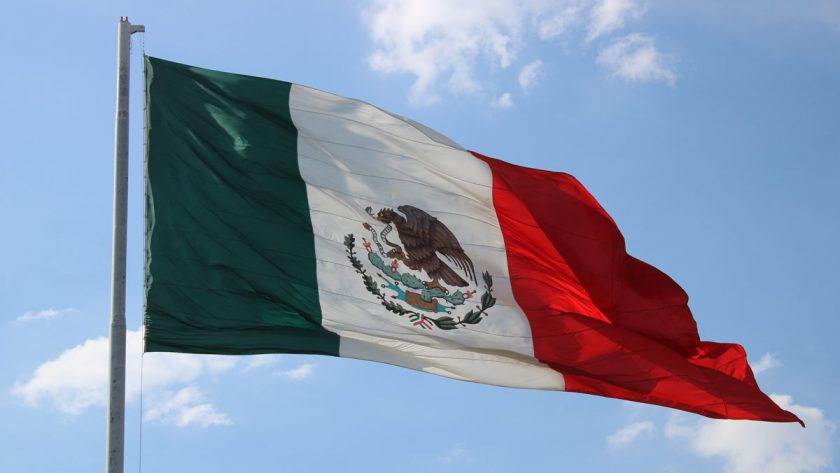


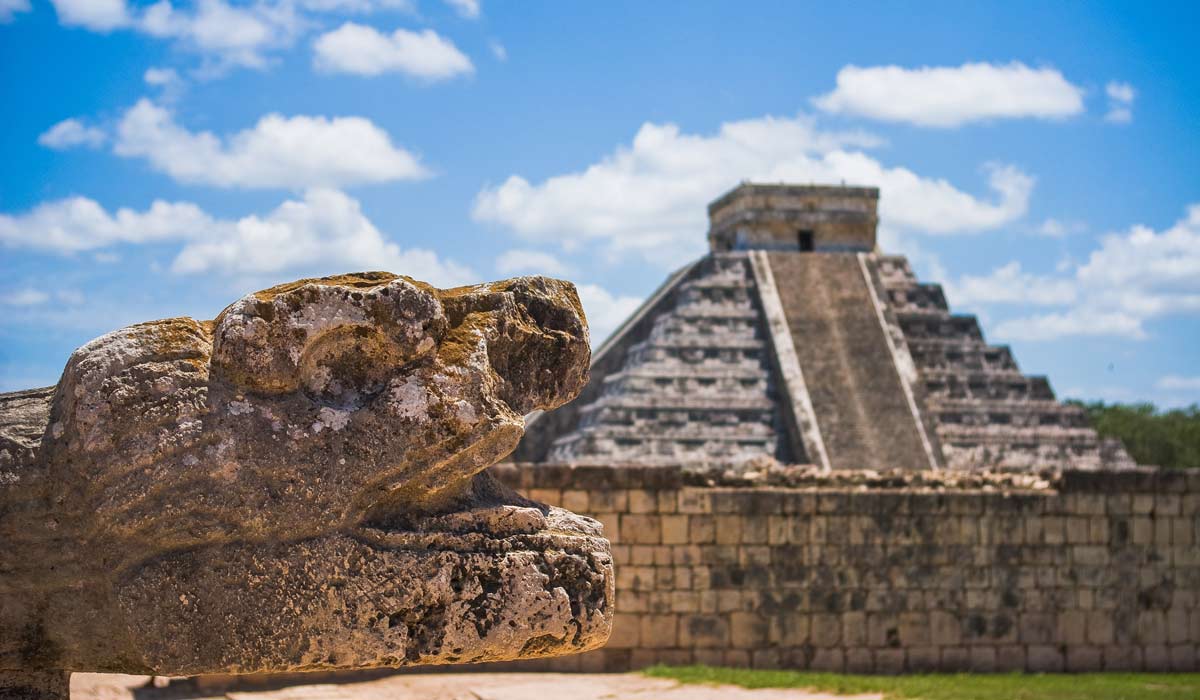


I have learn several good stuff here. Definitely value bookmarking for revisiting. I wonder how a lot effort you put to make one of these great informative web site.
Thank you very much! We’re glad you found our post useful. We put a lot of effort in all our articles to try to make the life of our travelers easier. Thanks again! 🙂